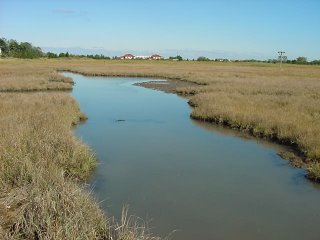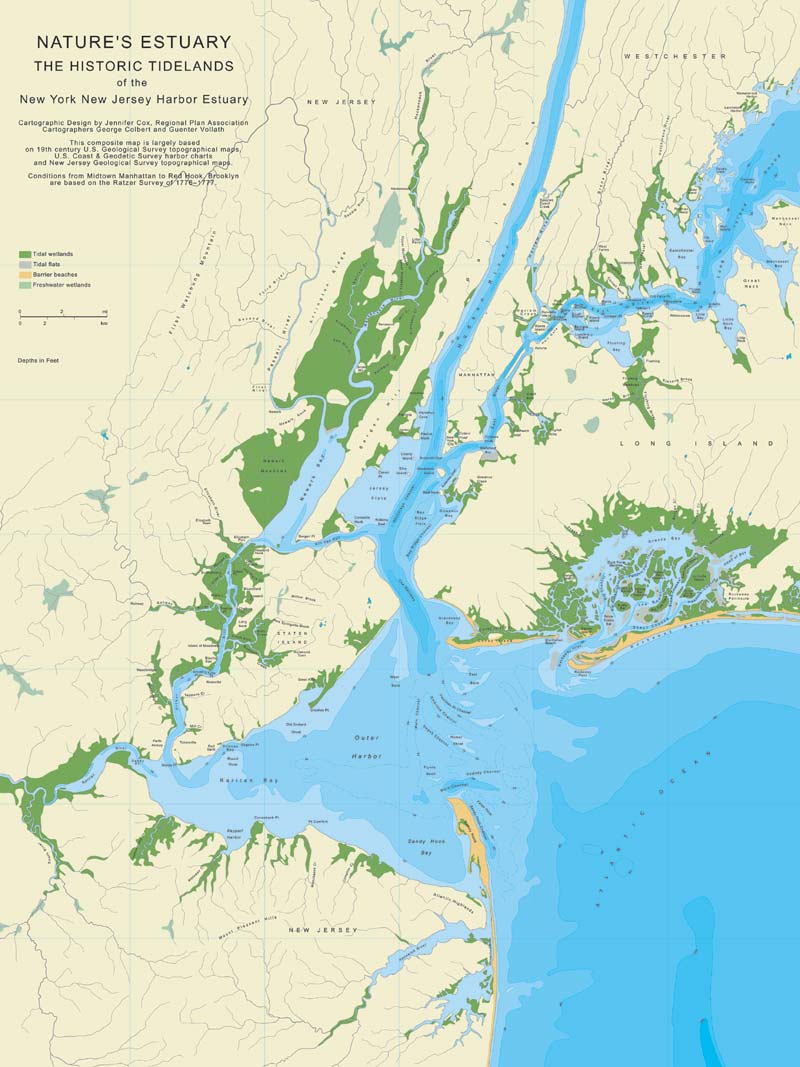The CMRC's Virtual Estuary Project is an effort that aims to bring the experience of our coasts and waterfronts to residents throughout the NY-NJ region by using technology and media to convey the story of our coastal habitat, species and communities. We are proud to unveil the

Virtual Estuary for the first time today at
www.virtualestuary.org!
Please stay tuned for frequent updates and feel free to contact us at
virtual.estuary@thecmrc.org with ideas, links or questions.
JB
Virtual Estuary Project Overview
The Virtual Estuary Project is an initiative that uses cutting-edge technology and interactive media to create an educational tool that explores the natural resources found within the coastal environment of the New York – New Jersey Harbor Bight.
Project Background
The Harbor Bight is home to one of the largest metropolitan regions in the world. It includes a population of 22 million residents, thousands of academic institutions and an international business community. Unfortunately, the extent of the region’s development puts tremendous stress on the health of the estuary's natural systems. The Virtual Estuary aims to reconnect residents with the coastal ecosystem through a variety of interactive educational tools that  increase awareness regarding aquatic species and habitats while simultaneously conveying important conservation lessons to individuals and entire classrooms.
increase awareness regarding aquatic species and habitats while simultaneously conveying important conservation lessons to individuals and entire classrooms.
Virtual Estuary Overview
The Virtual Estuary Project is a partnership between the CMRC, Key East Consulting and Fallout Pictures that allow users to experience the Harbor Bight ecosystem through the use of computers and media players. Located at www.virtualestuary.org, the website offers access to web-based media via multiple gateways. The primary interface will resemble Google’s mapping program (www.maps.google.com) and will include highlighted links to site specific media that showcases a variety of coastal features and topics such as: aquatic species, coastal habitat, waterfront communities and maritime history. It will be accessible first online where information will be downloadable to desktop computers and portable devices and then in a DVD format that will be distributed to after-school programs.
The Virtual Estuary Project includes the following components:- Online Map and Searchable Content Interfaces
- Interactive Species and Habitat Modules
- Downloadable “Flash” Videos and Podcasts
- Web-Based Educational Games
By allowing residents to learn about the different species, habitats and coastal communities users will gain a better understanding of the resources and challenges facing our coastlines. Students and teachers will be able use the information to discover the ecology and maritime history of our region. Local residents will be able to experience the Harbor Bight in a new way by exploring our ecosystem and gaining knowledge through easily accessible cutting-edge technologies.
For more information please email virtual.estuary@thecmrc.org
 from a generous 300 feet to a precarious 75. Now coastal managers, fisherman, surfers and local residents are left to decide whether to retreat or stand their ground...JB
from a generous 300 feet to a precarious 75. Now coastal managers, fisherman, surfers and local residents are left to decide whether to retreat or stand their ground...JB



